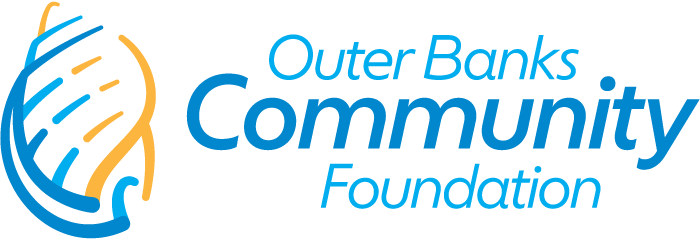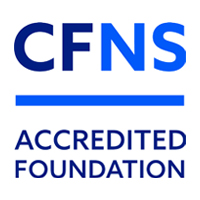Plan Your Giving for 2019: What We Can Learn from Ebenezer Scrooge
By Lorelei Costa
Note: This article first appeared in the December 19, 2018 edition of the Outer Banks Sentinel.
My son and I are binge-watching A Christmas Carol this season—every version we can reasonably watch, from Patrick Stewart to the Muppets to the corny musical with Albert Finney. The story has great messages about opening your eyes to people in need, and about the sheer joy of giving back.
There is so much heart-breaking poverty in our world, not so very different from what the Christmas Ghosts showed Ebenezer Scrooge. Once you open your eyes, it can be downright overwhelming. With so much need around the world, and even here on the Outer Banks, where on earth do you start?
Look, giving away money is easy. Giving it away wisely can be hard—yet all the more joyful. Effectual, impactful philanthropy does not require deep pockets, just some thoughtfulness and planning.
With the new year approaching, this might be a great time for you, your family, or your company to start planning your 2019 philanthropy. It’s simply a matter of reviewing your past giving, creating a vision, selecting focus areas, and setting some guidelines.
Step 1: Review your past giving. Start by making a list of all your gifts from 2018. If you keep good records, this will be easy—and the actual numbers may surprise you. But if you can’t remember every gift, that’s okay. What’s most important is to answer these three questions:
- What was the largest gift you gave in 2018?
- What gift had the most impact, or made the biggest difference, in your estimation?
- Lastly, of all your gifts from 2018, which brought YOU the most joy?
In the perfect world, you’ll name the same gift for all three questions—but oddly, for most of us, that’s not always the case.
Ideally, we each donate the majority of our resources to the causes that fulfill us the most, and make the biggest difference.
For example, maybe Scrooge’s biggest gift was to his childhood boarding school, but the gift that made him happiest was the Christmas goose for the Cratchits. Maybe next year he resolves to give away more geese.
Step 2: Create your vision. Think big, and imagine a little. What are your hopes and dreams for your community, today and tomorrow? How would you want to improve our world?
Speaking of world, ponder your scope. Do you want to address global issues, or start at home in your community, or both?
Think about impact: Do you want to help today by focusing on immediate needs, or would you rather tackle root causes and long-term solutions? For example, would you rather buy new crutches for Tiny Tim, or contribute to research for finding a cure for spina bifida?
Step 3: Select your areas of focus. Now that you have your vision, what are your specific charitable priority areas? If you’re not sure, think about the issues that inspire you (or enrage you) the most when you read the paper, or the organizations that have made a difference in your life.
Maybe you are passionate about disaster relief, or faith-based charities. Or maybe it’s the environment, health, education, animals, affordable housing, economic development, arts and culture, or civil rights. Be as specific as you want; specificity now will be helpful when you start to feel overwhelmed later. Try to narrow your focus to one, two, or three priority areas, the causes that touch your heart the most.
From here, consider summarizing your priorities into a short mission statement. This is optional: for most folks, a simple list of focus areas is enough. That said, if you’re doing this exercise on behalf of a company or foundation, you might find that a well-crafted mission statement will help you publicize your charitable goals.
Scrooge might have written something like this: I seek to ameliorate Ignorance and Want by supporting literacy efforts, helping children with spina bifida, advocating for reform of prisons and workhouses, and providing food for the hungry, with a special emphasis on Christmas geese.
Step 4. Set your guidelines. You have your charitable priorities now and, presumably, a budget for your giving. You may wish to establish some guidelines, and allocate percentages for different areas of focus.
For example, Scrooge may want to target 60% of his wealth toward his top causes (e.g., literacy, Christmas geese), while keeping 20% for general community causes (e.g., his alma mater and community foundation), and 20% for his flex fund. I do recommend keeping a small flex fund so you can support any unexpected, compelling requests as they arise.
If you have children, perhaps you allocate some amount for your kids to give away. If you have a business, perhaps you dedicate some amount for your company’s priorities, and some amount for your employees’ matching gifts. Set other guidelines (must-have’s, never-do’s) as desired.
Lastly, look again at your priorities, and compare them to last year’s giving. Whatever gifts brought you the most joy and made the biggest impact last year: make sure you dedicate the majority of your largesse to those places.
To purloin the sentiments of Scrooge’s nephew, Fred: Though it has never put a scrap of gold or silver in my pocket, I believe that giving has done me good, and will do me good.
May your holidays and new year also be filled with the joy of giving.
Image by Robert Doucette through Wikimedia Commons.





